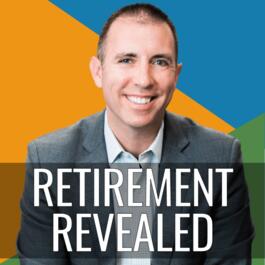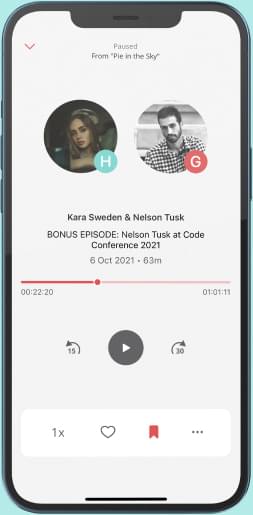
The Hidden 401(k) Costs You’ve Never Heard Of – And What To Do About Them
Forensic consultant Paul Sippil explains little-known costs for business owners and plan participants and what you can do about them. When it comes to retirement planning, one of the most overlooked areas is the cost hiding within your 401(k) plan. I sat down with Paul Sippil, a forensic 401(k) consultant, in this week’s episode of the Retirement Revealed podcast. For the last 20 years, Paul has been helping employers and plan participants understand the full picture of what a 401(k) really costs–and most importantly, what you can do about it. What we revealed may surprise you: many of the fees you could be paying are seemingly invisible, unspoken, and quietly leaving your retirement savings. Your 401(k) Isn't "Free" One of the most common phrases Paul hears when talking with business owners and plan participants is: “I’m not paying anything.” And technically, they’re not—at least not directly. That’s because 401(k) fees often don’t show up on an invoice. Instead, they’re extracted from participant accounts through asset-based fees, commissions, and revenue sharing agreements that most people never even notice. Here’s the reality: if you’re in a 401(k), especially with a small to mid-sized employer, you could be overpaying. And no one may be telling you. The Bigger the Balance, the Bigger the Fee Many 401(k) service providers charge asset-based fees, meaning the more money you have in the plan, the more you pay—even if the services don’t change. That fee structure hits high-balance employees (often business owners or long-time participants) the hardest. For example, if your plan has $3 million in assets and your advisor is receiving 0.75% annually, that’s $22,500 per year in compensation—whether or not they’re actively helping you. Would you pay that if you received an invoice in the mail? However, when the fee is simply deducted from your account through share class expense ratios or revenue sharing, many people never realize it. Small Plans, Big Problems If you work at or own a small business with under 100 employees, your per-participant fees are likely much higher than those in larger plans. According to the U.S. Department of Labor, large plans (those with over $100 million) can be up to 50% cheaper in relative costs. Smaller plans are often stuck with higher costs and less transparency. How to Spot the Hidden Fees Finding these costs isn’t easy, but there are tools: Form 5500: This publicly available tax form (found at www.efast.dol.gov) details plan costs and fund options for plans with over 100 participants. Review Share Classes: Funds come in multiple share classes. Some, like “R2,” may carry hefty embedded commissions. Ask your provider if lower-cost versions like “R6” are available. Watch for “Revenue Sharing”: This outdated and opaque compensation method allows brokers and recordkeepers to collect fees without ever issuing a bill. Why Transparency Matters Paul made an interesting point: if employers were required to write a check for 401(k) services as opposed to having the fees quietly and automatically withdrawn, he believes the plan-holders and business owners would actually negotiate those fees, thus resulting in lowered costs. But the industry thrives on invisibility—making it hard for both employers and employees to question or benchmark what they’re paying. That’s why we suggest a simple test: If your financial advisor can’t clearly explain what they’re being paid and what you’re getting in return, it’s time to ask better questions and evaluate your options. Self-Directed Brokerage Accounts (SDBA) If your current 401(k) doesn’t offer the investment options you want, ask your employer about adding a Self-Directed Brokerage Account. This feature allows you to invest in a wider range of funds—including ETFs and commodities—that may not be available in your default menu. Not every provider offers this, but it’s worth requesting.
From "Retirement Revealed"


Comments
Add comment Feedback